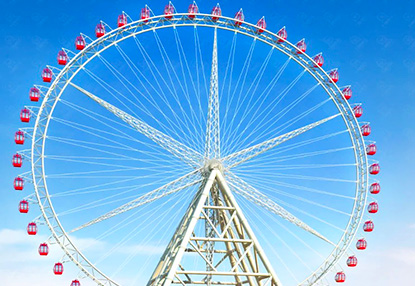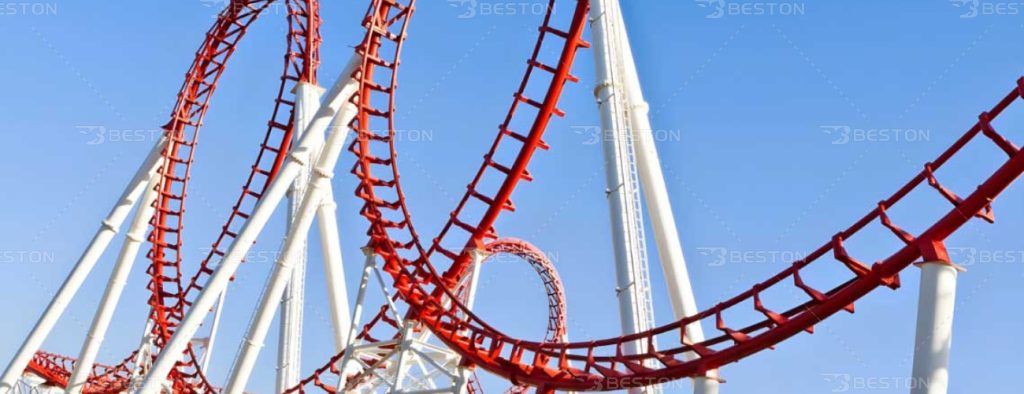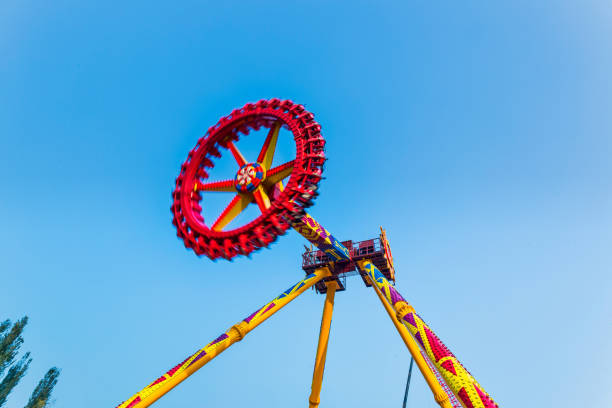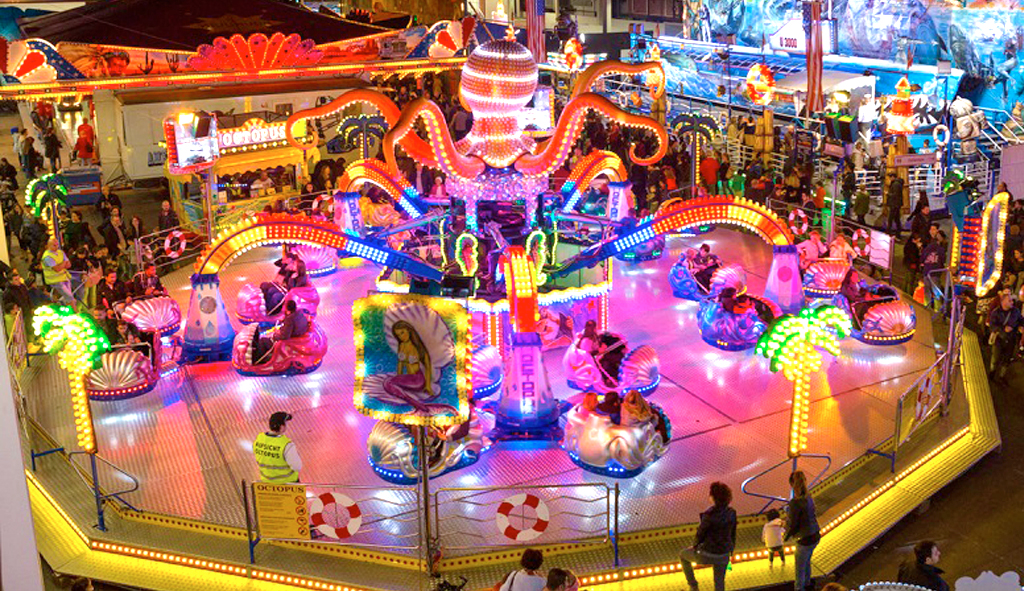User satisfaction is one of the most important factors that influence how much guests spend after entering a park. Beyond ticket sales, amusement parks earn income through food, souvenirs, upgrades, and repeat visits—this is called secondary consumption. When visitors feel happy and content, they’re much more likely to spend more.
Satisfied guests don’t just enjoy the rides. They also notice short waiting times, helpful staff, clean spaces, and a smooth experience overall. These details build trust and make people stay longer, try more things, and come back again.
Why User Satisfaction Matters
Happy guests are more likely to:
-
Spend money on food and drinks
-
Buy ride photos and themed souvenirs
-
Try extra services like fast passes or VIP zones
-
Return with friends or family
-
Recommend the park to others
For example, a well-designed ferris wheel for sale can be more than a ride. It becomes a photo hotspot, a place to relax, and a reason for people to explore the area around it. That extra time in the area leads to more snack or gift purchases.

Emotional Experience Affects Spending
Amusement parks are designed to create emotional moments—excitement, surprise, and joy. These strong feelings influence guest behavior. A great ride can lift someone’s mood and make them more willing to buy something extra.
Key emotional triggers include:
-
Feeling thrilled by a ride
-
Laughing with family or friends
-
Feeling safe and comfortable
-
Seeing something new or impressive
If these emotional needs are met, guests are more likely to buy food, photos, or even a return ticket. For example, a new roller coaster for sale that offers a record-breaking speed can build excitement and create more buzz. Visitors who love it may want to ride again, buy themed merchandise, or share their experience online.

Making the Visit Feel Valuable
People spend more when they feel they’re getting good value. If the visit feels “worth it,” guests are more willing to pay extra.
Ways to increase perceived value:
-
Keep the park clean and organized
-
Offer helpful staff and fast service
-
Add shade, seating, and rest areas
-
Use apps for easy navigation or purchases
-
Create family-friendly or special experience zones
Adding a pendulum ride amusement park attraction is one way to boost perceived value. These large, swinging rides are eye-catching and thrilling. They pull in crowds and bring more people to nearby shops or food stalls. Pairing the ride with special offers—like themed drinks or photos—can lead to quick sales boosts.

Data Helps Improve Satisfaction
To grow long-term income, parks need to track what guests like. Feedback tools like surveys, online reviews, and mobile apps help operators understand how visitors feel.
Helpful tools include:
-
On-site feedback stations
-
Social media comment tracking
-
Satisfaction scores (like Net Promoter Score)
-
Online booking reviews
With this data, parks can adjust quickly—whether that means adding more shade, improving a popular ride’s reliability, or changing food options. For instance, when considering new amusement park equipment for sale, it’s smart to pick rides that match what guests already enjoy.
Long-Term Benefits
Satisfied guests are not just one-time spenders—they become repeat customers and promoters. They:
-
Return for future visits
-
Recommend the park to others
-
Spend more on each visit
-
Pay for upgrades and seasonal passes
On the other hand, a bad experience—long waits, broken rides, rude staff—can stop a guest from ever coming back.
That’s why focusing on satisfaction isn’t just about being nice—it’s about protecting income. Every ride, show, and detail must work together to leave guests with a great memory. When people leave with smiles, they often leave with less money in their pockets—and a plan to come back.

